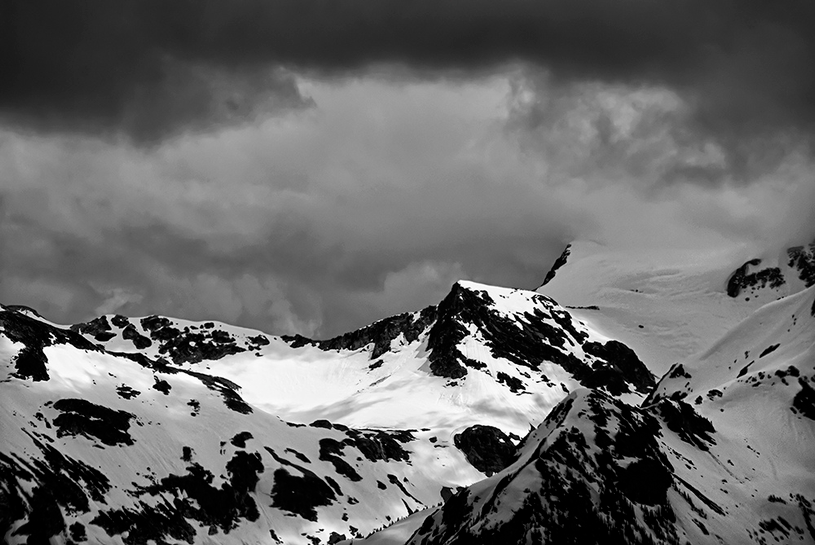This time of year our usually lush green deciduous landscape is a little more barren and lacking in colour, which gives us photographers a great reason to shoot more black and white images. Below are a few tips to help make your monochrome images stand out a little more.
Photo by Corey Bradder
Composition: This should be an important aspect of any photo but a lack of colour creates an opportunity to use interesting composition to heighten visual interest. You can experiment with negative (blank) space in your image to solo out interesting details or objects, or textures in nature such as waves, clouds etc.
Shadows and Highlights: It’s easy to snap a photo and convert it to black and white and call it a day. This can create great images, but when you want to create an image that really stands out, shadows and highlights are a necessity. Try to eliminate colour from your vision when you look for images, and pay more attention to the values of light around you. Creating images that have dark shadows, rich mid-tones, and highlights that are almost overexposed will help create an image that is more entertaining to the eye than a low contrast black and white.
White Balance: When you remove the colour out of an image it can be easy to forget about white balance. Even though you may not see the same dramatic differences you do with white balance in colour photography, it becomes important when you are taking photos with a lot of white space.
Digital cameras take their exposure readings at 18% (medium) grey. If there is any large white areas present in the image, the camera automatically wants to make the bright white area medium grey. To overcome this you can either boost your cameras EV compensation + 1 or 2 stops, or carry a grey card with you so you can set a custom white balance. This will help make sure that your whites stay bright and the photo has the “pop” that you are looking for.


